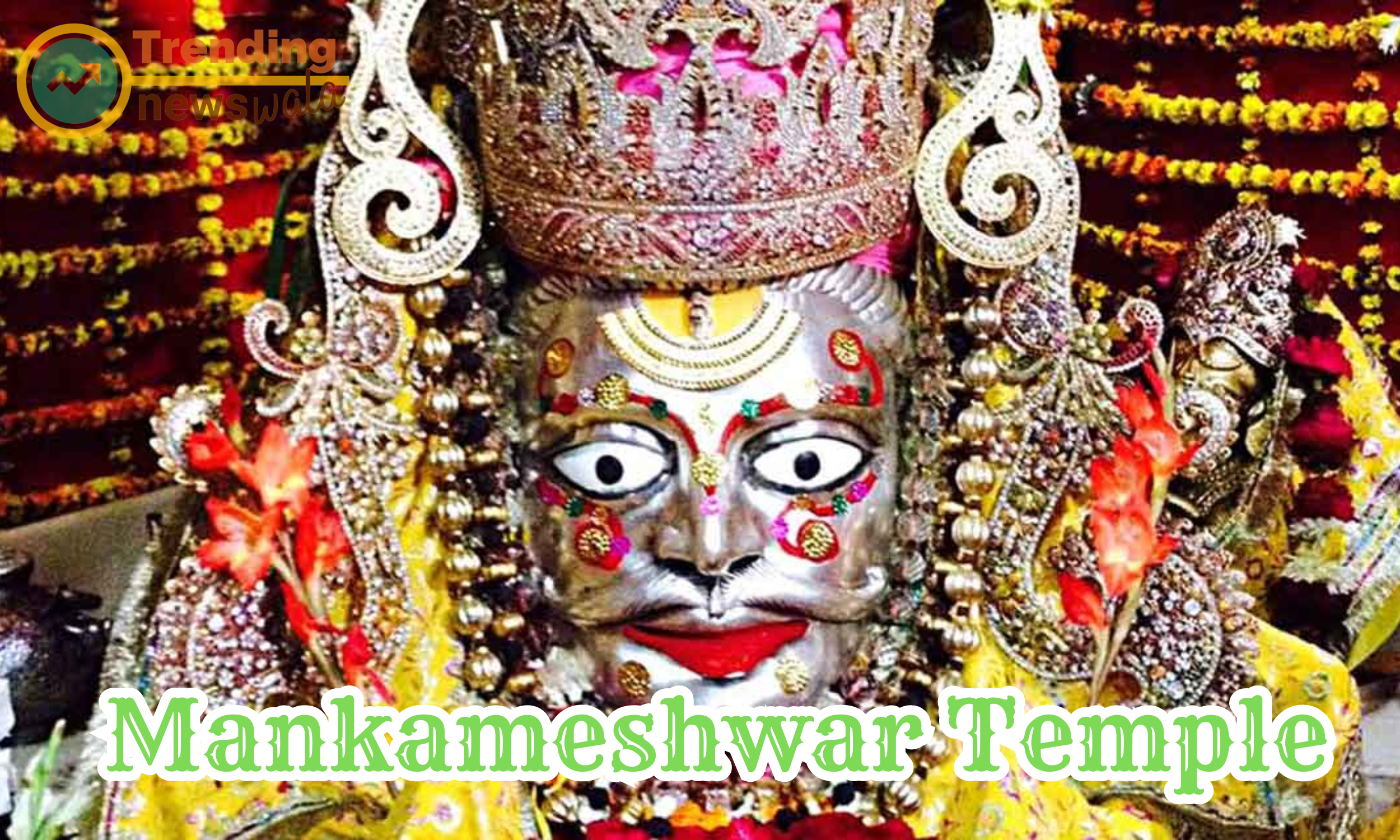Nestled amidst the bustling city of Agra, renowned for the iconic Taj Mahal, the Mankameshwar Temple stands as a serene sanctuary, inviting devotees and seekers alike to experience spiritual solace. This article explores the rich history, architectural beauty, and spiritual significance of the Mankameshwar Temple, offering a glimpse into the cultural tapestry of Agra.
The Mankameshwar Temple, with its deep-rooted history, architectural grandeur, and spiritual resonance, stands as a significant cultural landmark in Agra. It invites people from all walks of life to partake in its spiritual ambiance, fostering a sense of unity and reverence that transcends cultural and religious boundaries. A visit to this sacred abode promises not just a glimpse into the divine but a connection to the soul of Agra's rich heritage.
Historical Roots
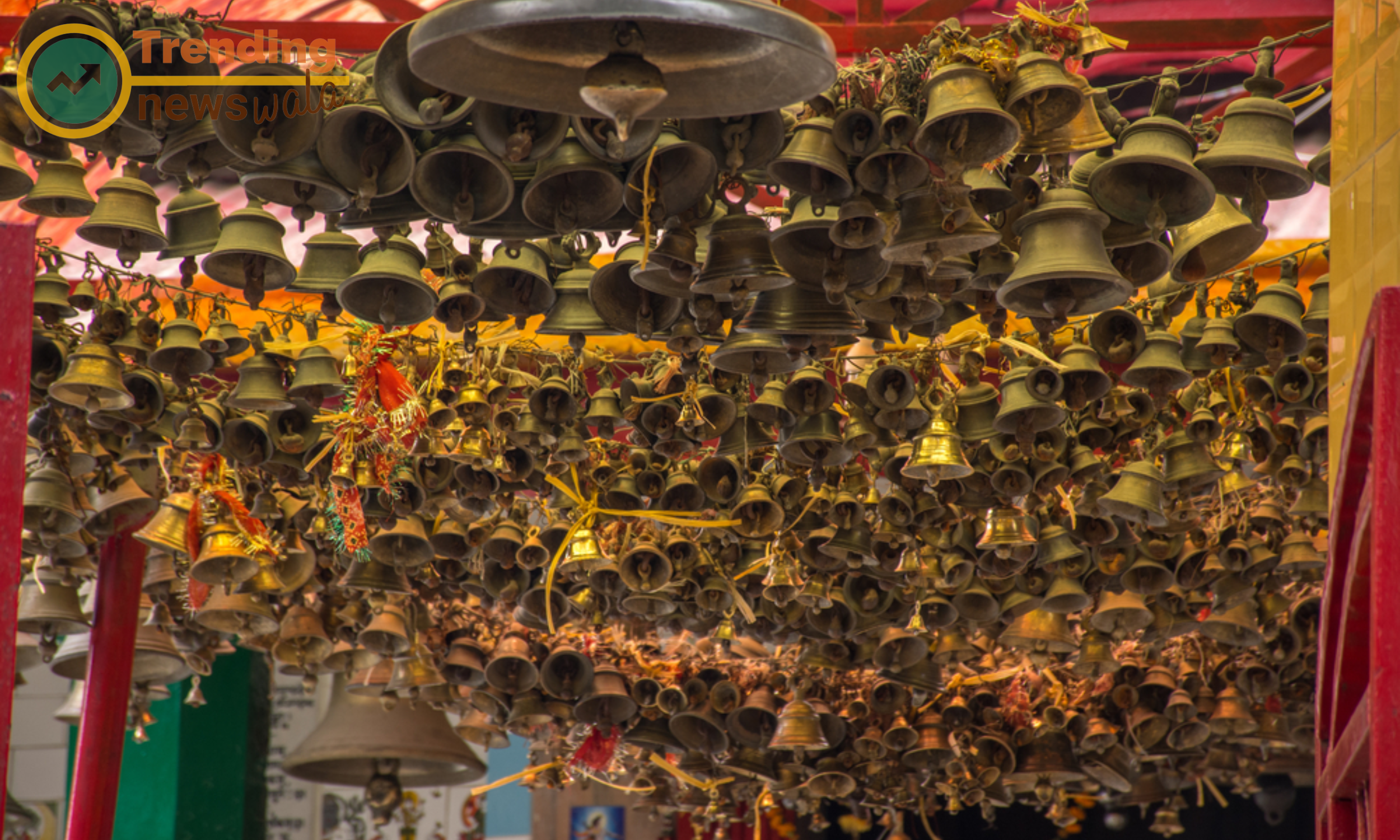
The Mankameshwar Temple holds deep historical roots, with its origins dating back centuries. Dedicated to Lord Shiva, it is believed to have been established during the medieval era, providing a spiritual haven for devotees seeking divine blessings.
The tapestry of human history is woven with threads of diverse cultures, civilizations, and events that have shaped the world we know today. Delving into the historical roots of humanity is like embarking on a captivating journey through time, unraveling the layers of stories, achievements, and challenges that have molded our collective identity. This article seeks to celebrate the historical roots that connect us to our shared past, exploring the significance of understanding where we come from.
Archaeological Marvels: Historical roots are often unearthed through the exploration of archaeological sites. From the grandeur of ancient civilizations like Mesopotamia and Egypt to the mysteries of prehistoric settlements, archaeological discoveries provide tangible connections to our ancestors and their way of life.
Cultural Heritage: The historical roots of humanity are deeply embedded in cultural expressions – art, literature, music, and traditions. Exploring the diverse cultural heritage across different regions reveals the unique narratives and perspectives that have shaped societies over centuries.
Civilizations That Shaped the World: The rise and fall of great civilizations, such as the Greek, Roman, and Indus Valley civilizations, are integral to understanding the historical roots of humanity. Their contributions to governance, philosophy, architecture, and the sciences have left an indelible mark on the trajectory of human progress.
Trade Routes and Global Connections: Historical roots extend beyond geographical boundaries through ancient trade routes. The Silk Road, Trans-Saharan routes, and maritime trade routes fostered cultural exchanges, economic prosperity, and the diffusion of ideas, creating a web of interconnected societies.
The Evolution of Language: Language is a powerful carrier of historical roots. Studying the evolution of languages provides insights into the migration patterns, interactions, and cultural exchanges that have occurred over millennia. Languages, in many ways, encapsulate the essence of our shared human experience.
Scientific Advancements: Scientific achievements of the past are significant markers of historical roots. From the mathematical prowess of ancient India to the groundbreaking discoveries of the Islamic Golden Age, scientific advancements have propelled human knowledge forward, laying the foundation for modern understanding.
Religious and Philosophical Foundations: Religious and philosophical beliefs have played a profound role in shaping historical roots. The teachings of figures like Buddha, Confucius, and the prophets of monotheistic religions have influenced moral and ethical frameworks that continue to shape societies today.
The Impact of Wars and Conflicts: Wars and conflicts are pivotal chapters in the narrative of historical roots. Studying the causes and consequences of major conflicts, such as the World Wars, reveals the resilience of humanity, the pursuit of peace, and the collective efforts to learn from the mistakes of the past.
Social Movements and Change: Social movements and revolutions reflect the aspirations of communities seeking change. Whether it's the civil rights movement, suffragette movements, or labor movements, these episodes in history showcase the power of collective action in shaping societal values and norms.
Preserving Historical Roots for Future Generations: As custodians of our historical roots, it is our responsibility to preserve and pass on this wealth of knowledge to future generations. Museums, historical sites, educational institutions, and storytelling all contribute to the transmission of our shared human legacy.
Understanding our historical roots is like deciphering a grand puzzle that connects us to our ancestors, cultures, and the myriad events that have unfolded over time. In celebrating our historical roots, we gain a deeper appreciation for the richness of human experience and the lessons that history imparts. As we navigate the complexities of the present, a profound awareness of our historical roots provides a compass for the journey ahead, reminding us that we are all threads in the intricate tapestry of human history.
Architectural Marvel
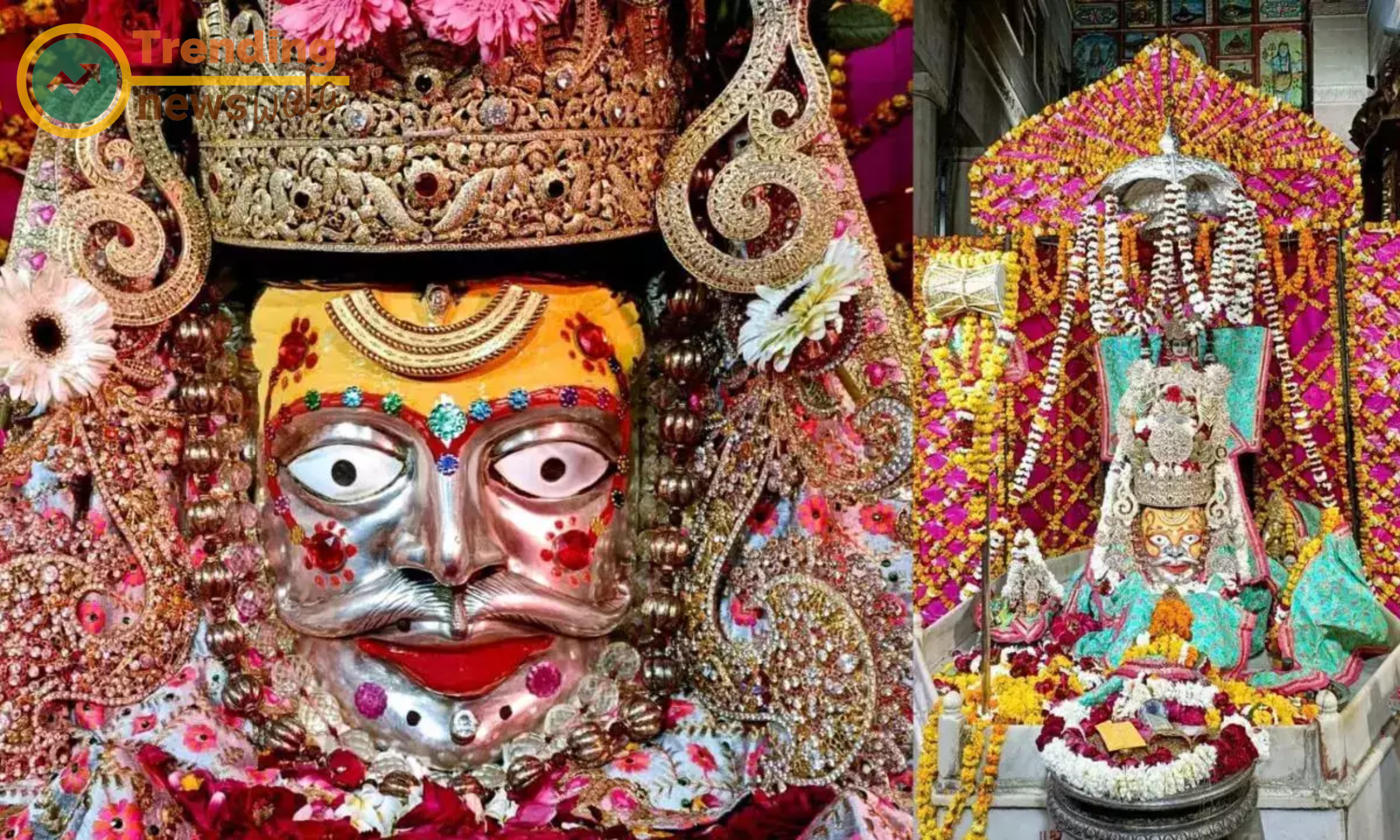
The temple's architecture is a testament to the rich heritage of Agra. Intricately carved pillars, exquisite sculptures, and a blend of traditional Hindu architectural styles adorn the temple premises. The sanctum sanctorum, housing the lingam representing Lord Shiva, is the focal point of reverence for pilgrims.
Architectural marvels stand as testaments to human creativity, innovation, and engineering prowess. From ancient wonders to modern skyscrapers, these structures capture the imagination and tell the story of human civilization's evolution. This article embarks on a journey through time and across the globe to explore some of the most remarkable architectural marvels that have left an indelible mark on history.
The Great Pyramids of Giza: Dating back to around 2580–2560 BC, the Great Pyramids of Giza in Egypt are iconic architectural marvels that have fascinated historians and visitors for millennia. Built as tombs for pharaohs, these colossal structures showcase remarkable precision and engineering ingenuity.
The Colosseum, Rome: A symbol of ancient Roman engineering, the Colosseum, built around 70-80 AD, stands as a testament to the grandeur of Roman architecture. This amphitheater could accommodate up to 80,000 spectators and hosted gladiatorial contests and public spectacles.
Taj Mahal, India: A masterpiece of Mughal architecture, the Taj Mahal in Agra, India, is an enduring symbol of love. Commissioned in 1632 by Emperor Shah Jahan in memory of his wife Mumtaz Mahal, this white marble mausoleum is renowned for its intricate details and symmetrical design.
The Great Wall of China: Stretching over 13,000 miles, the Great Wall of China is an architectural marvel that spans centuries. Built to protect against invasions, this colossal structure showcases the strategic brilliance and tenacity of the ancient Chinese civilizations.
Hagia Sophia, Istanbul: Originally constructed as a cathedral in 537 AD, Hagia Sophia has served various purposes over the centuries, including as a mosque and now as a museum. Its massive dome and intricate mosaics blend Byzantine and Ottoman architectural influences.
The Eiffel Tower, Paris: A symbol of Paris and one of the most recognized structures globally, the Eiffel Tower was completed in 1889 as the entrance arch for the 1889 World's Fair. Designed by Gustave Eiffel, this iron lattice tower stands at 324 meters, showcasing the beauty of industrial-era engineering.
Petra, Jordan: Carved into rose-red cliffs, the ancient city of Petra in Jordan is a UNESCO World Heritage site and a remarkable example of rock-cut architecture. Dating back to around 312 BC, Petra was a thriving city with intricate facades, temples, and tombs.
Sydney Opera House, Australia: A modern architectural marvel, the Sydney Opera House is a masterpiece designed by Jørn Utzon. Completed in 1973, its unique sail-like structures have become iconic, symbolizing both artistic and engineering brilliance.
The Burj Khalifa, Dubai: Soaring to a height of 828 meters, the Burj Khalifa in Dubai is the world's tallest building. Completed in 2010, this architectural marvel seamlessly blends modern design with cutting-edge engineering, offering breathtaking panoramic views of the city.
The High Line, New York City: Transforming disused railway tracks into an elevated urban park, the High Line in New York City is a contemporary architectural marvel. This adaptive reuse project showcases how innovative design can repurpose existing structures for the benefit of urban communities.
Architectural marvels are not merely structures; they are living narratives of human achievement, ambition, and the relentless pursuit of excellence. From ancient wonders that have withstood the test of time to modern creations pushing the boundaries of innovation, each architectural marvel tells a story of the civilizations that conceived them. As we marvel at these structures, we connect with the indomitable spirit of human creativity that transcends eras and continues to shape the world we inhabit.
Spiritual Significance
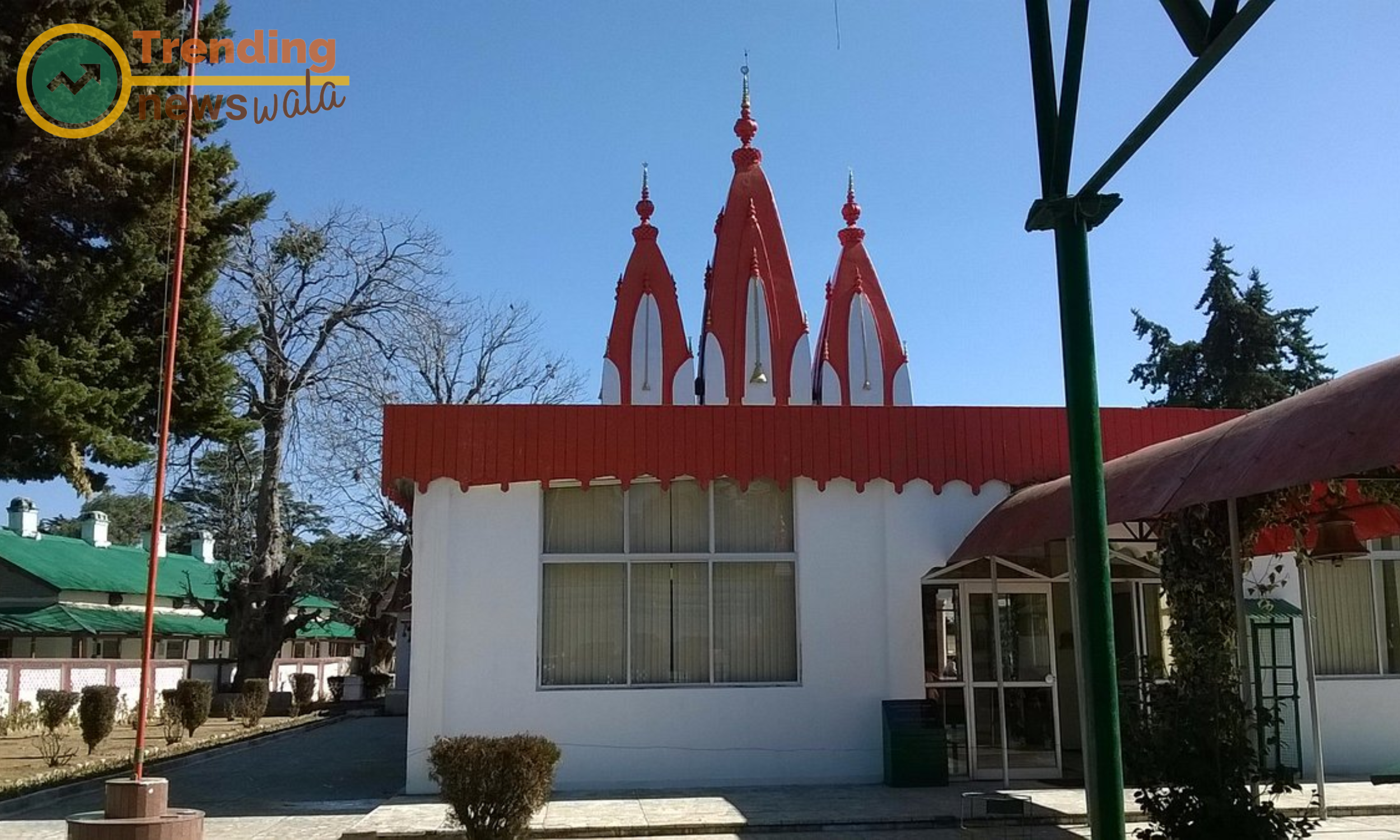
Mankameshwar Temple holds immense spiritual significance for devotees who seek the fulfillment of their wishes and desires. It is believed that sincere prayers offered here with a pure heart are answered by Lord Shiva. The temple becomes a vibrant center of devotion during festivals like Mahashivratri, attracting a multitude of devotees.
The quest for spiritual significance is a universal aspect of the human experience, transcending cultural, religious, and geographical boundaries. Spiritual endeavors often provide a profound connection to something greater than oneself, offering solace, purpose, and a sense of transcendence. This article delves into the spiritual significance that permeates various aspects of human life, exploring its diverse manifestations and the impact it has on individuals and communities.
Defining Spiritual Significance: At its core, spiritual significance refers to the meaning and purpose individuals find in their connection to the divine, the cosmos, or a higher power. It extends beyond religious practices, encompassing a broader understanding of existence and one's place in the universe.
The Quest for Meaning: Human beings are inherently driven by a desire for meaning and purpose. Spirituality provides a framework for individuals to explore existential questions, seek inner harmony, and cultivate a sense of fulfillment that goes beyond material pursuits.
Religious Traditions and Rituals: Across the world, religious traditions offer a rich tapestry of spiritual significance. Rituals, ceremonies, and sacred practices provide a structured path for individuals to connect with the divine, express devotion, and find solace in the beliefs that guide their lives.
Connection to Nature: Many spiritual traditions emphasize a deep connection to nature. Viewing the natural world as a manifestation of the divine, individuals find spiritual significance in the beauty, cycles, and interconnectedness of the environment, fostering a sense of awe and reverence.
Meditation and Contemplation: Spiritual practices often involve introspective activities such as meditation and contemplation. These practices encourage individuals to look inward, quiet the mind, and explore the depths of consciousness, leading to a heightened sense of self-awareness and spiritual connection.
Acts of Compassion and Service: The spiritual significance of altruism and service to others is evident in many traditions. Acts of kindness, compassion, and selfless service are viewed as expressions of a higher purpose, fostering a sense of interconnectedness and promoting the well-being of the larger community.
Artistic Expressions: Art, in its various forms, serves as a medium for expressing and experiencing spiritual significance. Whether through music, literature, visual arts, or dance, individuals often find a transcendent connection to the divine or the sacred through creative expressions that resonate with their spiritual beliefs.
Mind-Body Practices: Yoga, tai chi, and other mind-body practices hold profound spiritual significance for many. These disciplines integrate physical postures, breath control, and mindfulness, serving as pathways to holistic well-being and spiritual enlightenment.
Pilgrimages and Sacred Sites: Journeying to sacred sites and embarking on pilgrimages is a common practice across spiritual traditions. These physical journeys symbolize a deeper quest for spiritual significance, with the destination often representing a sacred space infused with divine energy.
Personal Transformation: Ultimately, the pursuit of spiritual significance often leads to personal transformation. Individuals undergoing spiritual journeys may experience shifts in perspective, enhanced empathy, and a deepened sense of purpose that extends beyond the self.
The search for spiritual significance is a timeless and deeply personal exploration that weaves through the fabric of human existence. Whether found in religious traditions, communion with nature, acts of compassion, or transformative practices, the pursuit of spiritual significance offers a pathway to understanding the profound mysteries of life. In acknowledging and respecting the diverse expressions of spirituality, individuals and communities can cultivate a shared sense of reverence for the transcendent aspects of our existence.
Unique Rituals and Traditions
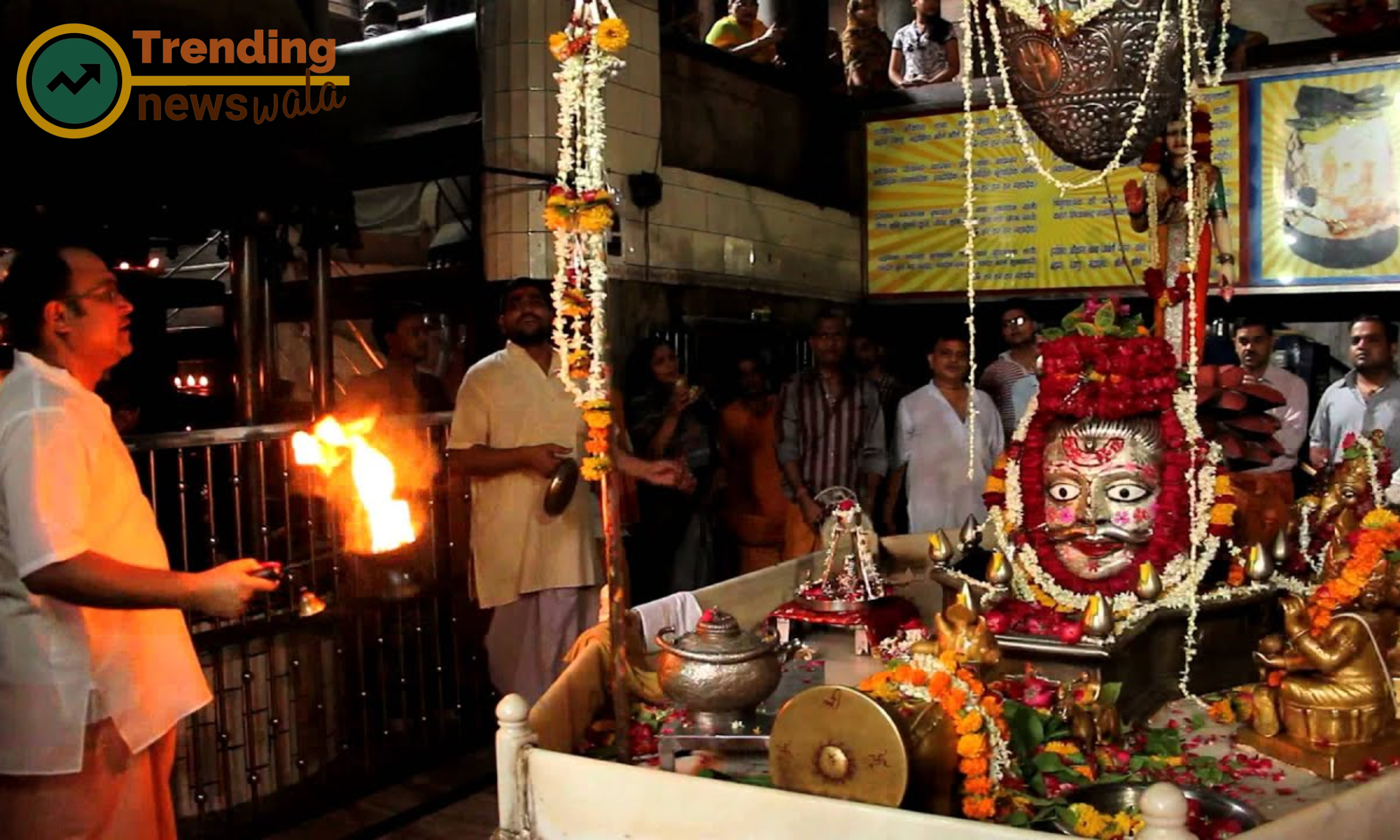
The temple is known for its unique rituals and traditions that add to the cultural vibrancy of Agra. The Maha Aarti performed during evenings is a mesmerizing spectacle, with the resonating sounds of bells, chants, and the fragrance of incense creating a divine ambiance.
The world is a mosaic of diverse cultures, each adorned with unique rituals and traditions that reflect the values, beliefs, and history of its people. From sacred ceremonies passed down through generations to vibrant celebrations that mark significant milestones, this article explores the enchanting realm of unique rituals and traditions that contribute to the rich tapestry of global cultural heritage.
Japan's Hanami Festival: Hanami, the traditional Japanese custom of cherry blossom viewing, is a celebration of fleeting beauty. Families and friends gather under blooming cherry trees, enjoying picnics and appreciating the ephemeral nature of the blossoms. This ritual symbolizes the transient yet precious aspects of life.
India's Holi Festival: Holi, known as the Festival of Colors, is a vibrant celebration in India that marks the arrival of spring. Participants joyously throw colored powders at each other, symbolizing the victory of good over evil and the triumph of joy and love. Holi is a communal celebration that transcends social boundaries.
Maasai Jumping Dance: The Maasai people of East Africa have a unique jumping dance as part of their cultural ceremonies. Warriors showcase their strength and agility by leaping into the air, with the height of the jumps signifying prowess. This tradition is a symbolic rite of passage for young Maasai men.
Mexican Day of the Dead: Dia de los Muertos, or Day of the Dead, in Mexico, is a colorful and lively celebration to honor deceased loved ones. Families create altars adorned with photographs, candles, and marigolds, believing that the spirits of the departed return to enjoy the offerings and the company of the living.
Tibetan Sky Burials: In Tibetan Buddhist tradition, sky burials are unique rituals where deceased individuals are taken to elevated locations and exposed to the elements. It is believed that the body's earthly elements return to nature, promoting the cycle of life and death and demonstrating the impermanence of existence.
Bulgarian Nestinarstvo Fire Dancing: Nestinarstvo is a Bulgarian tradition where participants, known as nestinari, perform a fire dance on hot embers. Rooted in Eastern Orthodox Christianity, this ritual is believed to purify the soul and demonstrate the power of faith over physical harm.
New Year's Eve in Spain: In Spain, New Year's Eve involves the unique tradition of eating twelve grapes at the stroke of midnight. Each grape represents good luck for the upcoming months, and Spaniards consume them with each chime of the clock from the Puerta del Sol in Madrid.
Balinese Nyepi Day of Silence: Nyepi, the Balinese Day of Silence, is a Hindu celebration where the entire island comes to a standstill. No activities, including travel and entertainment, are allowed. This day of introspection and meditation symbolizes purification and the start of a new year.
Navajo Blessingway Ceremony: The Blessingway ceremony among the Navajo people is a sacred ritual to restore balance and harmony. It involves chants, prayers, and symbolic rituals to bring healing and protection. This ceremony is often conducted during significant life events such as childbirth and marriage.
Sufi Whirling Dervishes: The Sufi practice of whirling involves a spinning dance performed by the Whirling Dervishes. Rooted in Islamic mysticism, this ritual aims to achieve a heightened state of spiritual connection and transcendence through the repetitive motion and sacred music.
Unique rituals and traditions serve as threads that weave together the intricate fabric of global cultural heritage. Each ceremonial dance, festival, or sacred rite reflects the essence of a community's identity, values, and spiritual beliefs. Exploring these diverse rituals not only enriches our understanding of different cultures but also fosters appreciation for the beauty inherent in our shared human experience. In celebrating the uniqueness of each tradition, we embrace the collective wealth of our cultural heritage, recognizing that these rituals are timeless expressions of the human spirit.
Festivals Celebrated with Zeal
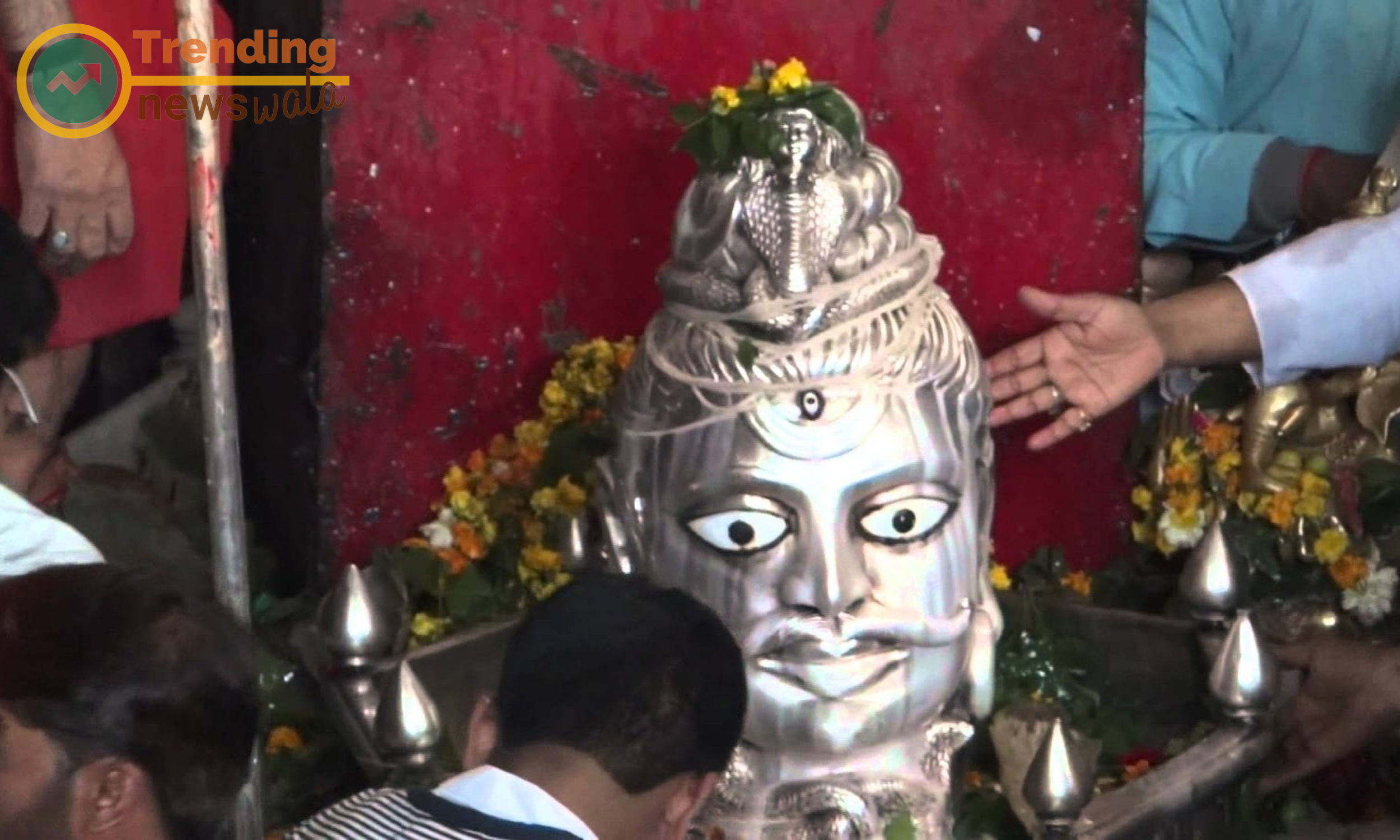
Festivals at Mankameshwar Temple are celebrated with unparalleled zeal and fervor. Mahashivratri witnesses special prayers, cultural performances, and a congregation of devotees from various parts of the country. The vibrant atmosphere during festivals reflects the unity in diversity of Agra's spiritual landscape.
Festivals, the vibrant threads in the tapestry of cultural expression, are celebrated with unparalleled zeal across the globe. These joyous occasions serve as bridges connecting communities, transcending borders, and weaving narratives of shared heritage. This article delves into some of the world's festivals that are celebrated with exuberance, highlighting the cultural richness and the infectious spirit of jubilation that defines these moments of communal joy.
Carnival in Rio de Janeiro, Brazil: The Carnival in Rio de Janeiro is a spectacle of color, music, and dance, drawing millions of revelers each year. From samba parades to elaborate costumes and street parties, the city becomes a kaleidoscope of celebration, showcasing the infectious energy of Brazilian culture.
Diwali in India: Diwali, the Festival of Lights, is celebrated with zeal and enthusiasm throughout India. Homes are adorned with lamps, fireworks light up the night sky, and families come together to share festive meals. Diwali symbolizes the triumph of light over darkness and is a time for joy, gratitude, and new beginnings.
Oktoberfest in Munich, Germany: Oktoberfest, the world's largest beer festival, is celebrated with gusto in Munich, Germany. Millions of visitors gather to partake in the revelry, enjoying traditional Bavarian music, hearty cuisine, and, of course, a wide array of beers. The festive atmosphere and camaraderie make it a global cultural phenomenon.
Chinese New Year: Chinese New Year, also known as the Spring Festival, is celebrated with zeal across China and in many Chinese communities worldwide. The festival marks the beginning of the lunar new year with vibrant parades, dragon dances, lantern festivals, and family reunions. The atmosphere is charged with hope, renewal, and a spirit of togetherness.
La Tomatina in Buñol, Spain: La Tomatina is the world's largest food fight, held annually in the town of Buñol, Spain. Participants engage in a friendly battle by throwing overripe tomatoes at each other. This unique festival is a symbol of unrestrained fun and has become a major tourist attraction.
Songkran in Thailand: Songkran, the Thai New Year festival, is celebrated with water fights, vibrant processions, and religious ceremonies. The water symbolizes purification and the washing away of sins, creating a lively and joyful atmosphere that extends across the country.
Mardi Gras in New Orleans, USA: Mardi Gras in New Orleans is synonymous with elaborate parades, masked balls, and vibrant street celebrations. The city comes alive with music, dance, and colorful floats, attracting visitors from around the world to join in the revelry before the solemn season of Lent.
Navratri in Gujarat, India: Navratri is a nine-night festival dedicated to the Hindu goddess Durga, celebrated with fervor in the state of Gujarat. The nights are filled with energetic folk dances, known as Garba and Dandiya, where people come together to dance, sing, and express their devotion.
Notting Hill Carnival in London, UK: The Notting Hill Carnival in London is a Caribbean-inspired celebration known for its lively music, vibrant costumes, and street parades. It has become one of the largest street festivals in the world, attracting participants and spectators from diverse backgrounds.
Boryeong Mud Festival in South Korea: The Boryeong Mud Festival is an annual event that turns the coastal town of Boryeong into a playful mud extravaganza. Participants engage in mud wrestling, mudslides, and various other muddy activities, creating a unique and joyful experience for locals and tourists alike.
Festivals celebrated with zeal are powerful expressions of human joy, creativity, and cultural identity. Whether rooted in religious traditions, marking seasonal changes, or simply providing an excuse for revelry, these celebrations showcase the universal need for communal joy and shared experiences. As we immerse ourselves in the spirited festivities around the world, we not only celebrate cultural diversity but also recognize the common thread of humanity that binds us all in the pursuit of happiness and connection.
Surroundings and Accessibility
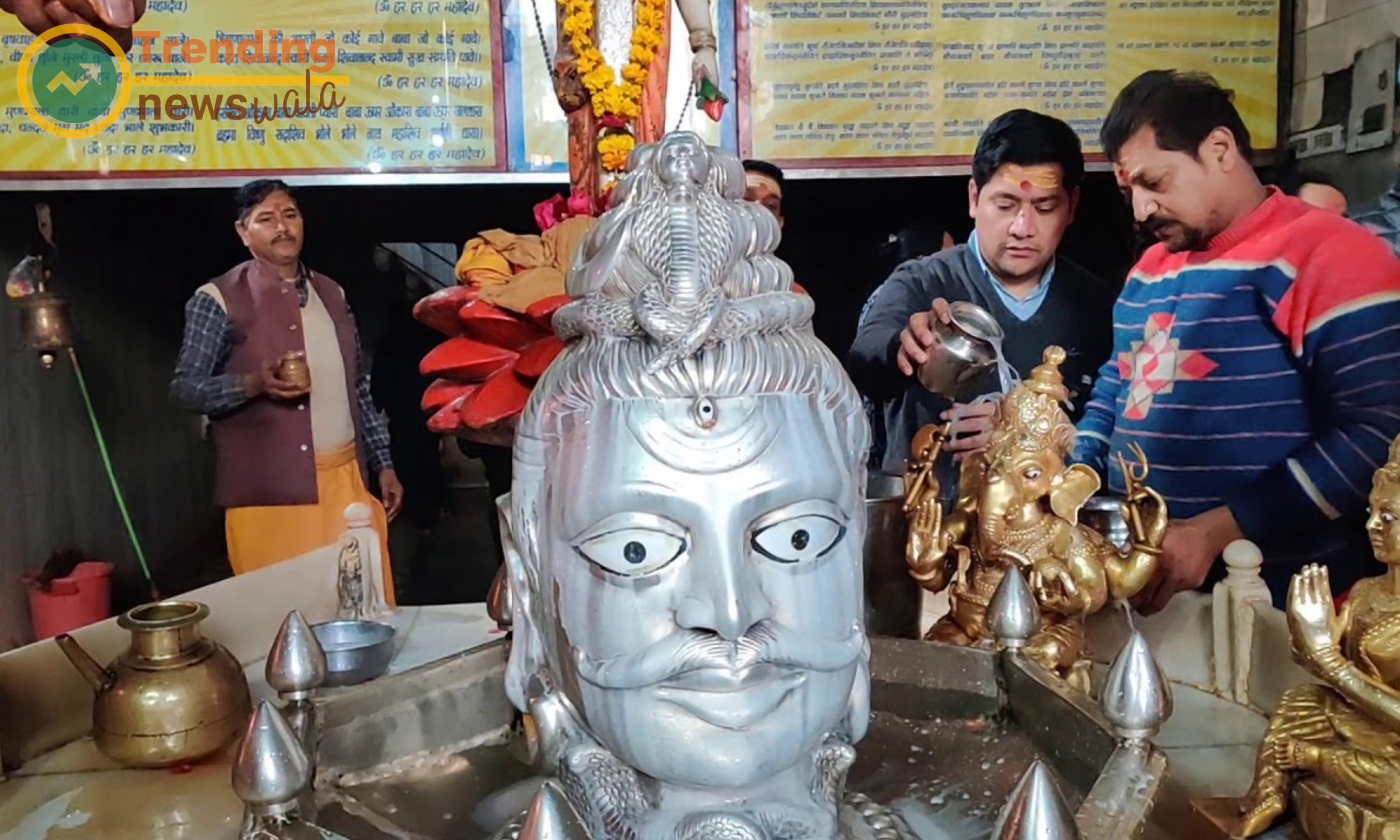
Located in the heart of Agra, the Mankameshwar Temple is easily accessible to locals and tourists alike. Its proximity to other historical sites, such as the Taj Mahal and Agra Fort, makes it a cultural stopover for those exploring the city's rich heritage.
Our surroundings and accessibility shape the framework of our daily lives, influencing our experiences, opportunities, and overall well-being. From the design of our neighborhoods to the availability of resources, the accessibility of our environment plays a pivotal role in determining the quality of life for individuals and communities. This article explores the profound impact of surroundings and accessibility on our daily existence and the importance of creating inclusive, supportive environments for everyone.
The Power of Urban Planning: Well-designed urban spaces can enhance the quality of life for residents. Accessible public spaces, pedestrian-friendly walkways, and green areas contribute to a sense of community and well-being. Urban planning that prioritizes accessibility fosters a more inclusive and vibrant environment for everyone.
Nature's Influence on Well-Being: The natural surroundings we inhabit can significantly affect our mental and physical well-being. Access to green spaces, parks, and natural landscapes has been linked to reduced stress, improved mood, and enhanced overall health. Designing cities with ample greenery ensures that residents have spaces for relaxation and rejuvenation.
Inclusive Architecture: The accessibility of buildings and public spaces is a critical aspect of creating inclusive communities. Incorporating features such as ramps, elevators, and wide doorways ensures that individuals with mobility challenges can navigate their surroundings independently. Inclusive architecture reflects a commitment to equality and diversity.
Technological Innovations for Accessibility: The advent of technology has opened new frontiers in enhancing accessibility. From smartphone apps that provide navigation for the visually impaired to smart home devices that accommodate individuals with disabilities, technology plays a pivotal role in creating environments that are accessible to a diverse range of needs.
Transportation Networks: Accessibility in transportation is a key factor in connecting communities and facilitating economic and social interactions. Well-designed public transportation systems, accessible infrastructure, and options for people with disabilities contribute to a more equitable and interconnected society.
Community Services and Facilities: Access to essential community services and facilities, such as healthcare, education, and recreational spaces, directly impacts the well-being of residents. Ensuring that these services are easily accessible to all members of the community promotes social equity and a sense of belonging.
Digital Accessibility: In an increasingly digital world, ensuring online accessibility is paramount. Websites, applications, and digital content should be designed to accommodate individuals with diverse abilities, including those with visual or auditory impairments. Digital accessibility promotes inclusivity in the virtual realm.
Cultural and Social Accessibility: Cultural and social surroundings significantly influence the inclusivity of a community. Events, activities, and public spaces that celebrate diversity and welcome individuals from different backgrounds contribute to a socially accessible environment, fostering a sense of unity and mutual understanding.
Education for All: The accessibility of education is a fundamental determinant of societal progress. Ensuring that educational institutions are physically accessible and provide resources for individuals with diverse learning needs contributes to a more educated, empowered, and inclusive society.
Sustainable and Accessible Future: The concept of surroundings and accessibility is intricately linked to sustainability. Creating environments that are accessible today while considering the long-term impact on the environment ensures that future generations inherit spaces that support their well-being and quality of life.
Surroundings and accessibility are intertwined aspects that shape the fabric of our communities and individual experiences. By prioritizing inclusive design, embracing technological advancements, and fostering a commitment to social equity, we can create environments that empower individuals, celebrate diversity, and ensure that no one is left behind. As we navigate the complexities of our surroundings, the quest for accessibility becomes a transformative journey toward a more connected, compassionate, and sustainable future.
Community Engagement and Service

Beyond its religious aspects, the temple actively engages in community service. Initiatives such as free food distribution, healthcare camps, and educational programs contribute to the well-being of the local community, embodying the essence of social responsibility.
Community engagement and service form the bedrock of vibrant and resilient societies. Beyond the individual, the collective strength of a community lies in the active participation of its members and their commitment to making a positive impact. This article delves into the significance of community engagement and service, exploring how these principles contribute to social cohesion, empowerment, and the overall well-being of communities around the world.
Defining Community Engagement: Community engagement refers to the active involvement of individuals in the life of their community. It involves collaboration, participation, and a sense of shared responsibility for the well-being of the community. Engaged communities are characterized by open communication, trust, and a shared vision for the future.
The Role of Service in Strengthening Communities: Service to the community is a tangible expression of civic responsibility. Whether through volunteer work, charitable initiatives, or social projects, community service fosters a culture of giving back. Acts of service create a sense of unity, instill a shared purpose, and contribute to the overall welfare of the community.
Building Social Cohesion: Community engagement builds social cohesion by fostering connections among individuals. When community members actively engage with one another, they form bonds, develop a sense of belonging, and create a supportive network. Social cohesion is essential for overcoming challenges and creating an environment where everyone feels valued.
Empowerment Through Participation: Engaged communities empower their members by providing opportunities for participation and collaboration. Inclusive decision-making processes, community forums, and platforms for expressing diverse perspectives ensure that everyone has a voice. Empowered individuals are more likely to contribute positively to the community's growth and development.
Addressing Local Issues: Community engagement and service play a crucial role in addressing local issues. Whether tackling environmental concerns, advocating for social justice, or addressing economic disparities, engaged communities work collectively to find solutions and create positive change at the grassroots level.
Education and Skill Development: Community engagement often involves educational initiatives and skill development programs. By investing in the knowledge and capabilities of community members, engagement contributes to individual growth and equips people with the tools needed to address challenges and seize opportunities.
Enhancing Quality of Life: Service-oriented initiatives, such as community gardens, healthcare clinics, and mentorship programs, directly contribute to enhancing the quality of life for community members. These projects address immediate needs and promote long-term well-being, fostering a healthier and more resilient community.
Fostering a Culture of Volunteerism: A community that values engagement and service nurtures a culture of volunteerism. Volunteer activities create a sense of shared responsibility and encourage individuals to contribute their time, skills, and resources for the greater good. This culture of volunteerism becomes a powerful force for positive change.
Collaboration Between Sectors: Successful community engagement often involves collaboration between various sectors, including government, businesses, nonprofits, and individuals. These partnerships bring together diverse resources, expertise, and perspectives, creating a more holistic and effective approach to community development.
Sustainability and Resilience: Engaged communities are more likely to be sustainable and resilient in the face of challenges. The collective effort put into community engagement and service creates a foundation of mutual support, shared resources, and a resilient spirit that enables communities to adapt and thrive.
Community engagement and service are not mere buzzwords; they are guiding principles that have the power to transform societies. When individuals actively participate in the life of their community, and service becomes a shared value, the resulting synergy creates resilient, empowered, and compassionate societies. As we recognize the significance of community engagement, let us embrace the responsibility to contribute to the well-being of our communities, ensuring that the collective strength of engaged individuals continues to shape a brighter and more inclusive future.
Preserving Cultural Heritage
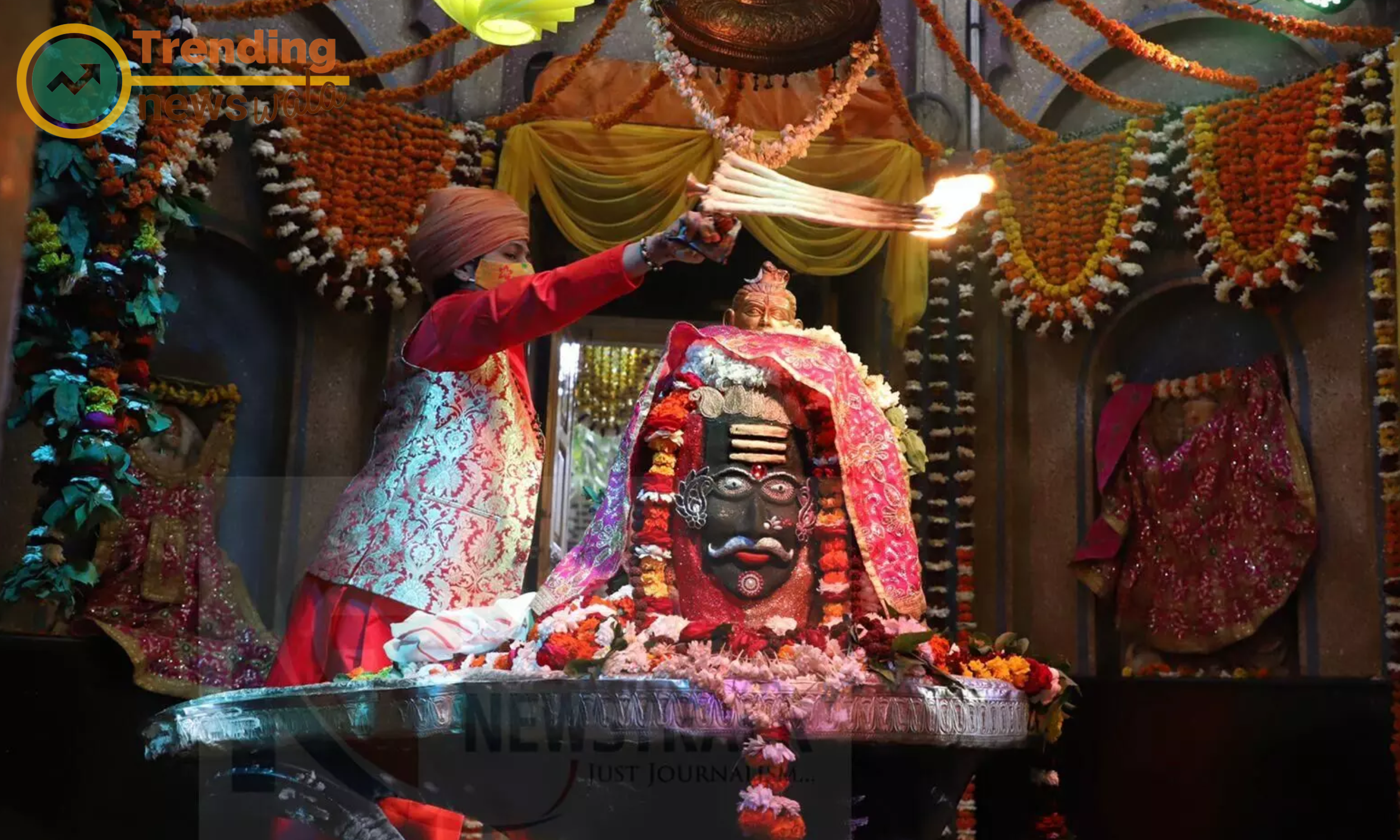
The Mankameshwar Temple plays a crucial role in preserving Agra's cultural heritage. As a symbol of religious harmony and architectural splendor, it contributes to the city's identity as a melting pot of diverse traditions.
Cultural heritage, the treasure trove of traditions, artifacts, and practices passed down through generations, is the cornerstone of a society's identity. Preserving this rich tapestry ensures that the legacy of the past continues to weave its influence into the present and future. This article explores the importance of preserving cultural heritage, the challenges faced in this endeavor, and the strategies that communities and organizations employ to safeguard their invaluable cultural legacies.
The Essence of Cultural Heritage: Cultural heritage encompasses the tangible and intangible aspects that define a community's identity. It includes historical sites, artifacts, languages, customs, rituals, and artistic expressions that carry the stories of the past. Preserving cultural heritage is a commitment to maintaining the authenticity and uniqueness that makes each community distinct.
The Significance of Identity: Cultural heritage is the mirror reflecting a community's identity. It provides a sense of continuity, connecting the present generation with their ancestors and shaping the collective consciousness. By preserving cultural heritage, communities affirm their unique identity and contribute to the diverse mosaic of human civilization.
Challenges to Preservation: Cultural heritage preservation faces various challenges, including urbanization, climate change, armed conflicts, and economic pressures. Rapid development can lead to the destruction of historical sites, while climate change poses a threat to delicate artifacts and structures. Armed conflicts can result in intentional destruction, and economic pressures may lead to the neglect of cultural preservation efforts.
Cultural Heritage at Risk: UNESCO identifies certain cultural heritage sites and practices as being at risk. These include sites affected by armed conflict, natural disasters, urbanization, and other factors. The endangerment of cultural heritage underscores the urgency of global cooperation to protect these invaluable treasures.
Documentation and Digitization : The digital age offers opportunities for the preservation of cultural heritage through documentation and digitization. High-resolution imaging, 3D modeling, and virtual reality technologies enable the creation of digital archives, ensuring that even if physical artifacts are lost or damaged, their digital counterparts can be preserved and shared.
Community Involvement and Education: Actively involving communities in the preservation of their own cultural heritage is essential. Educating community members about the significance of their heritage fosters a sense of pride and responsibility. Inclusive efforts ensure that preservation becomes a shared endeavor, empowering communities to protect their own legacies.
International Collaboration: Preserving cultural heritage often requires international collaboration. Organizations like UNESCO play a crucial role in fostering cooperation between nations to protect shared heritage. International agreements and conventions promote mutual respect for cultural diversity and the safeguarding of significant sites worldwide.
Conservation and Restoration: Conservation and restoration efforts are pivotal in preserving physical artifacts and historical sites. Trained professionals employ techniques to prevent deterioration, stabilize structures, and restore artifacts to their original condition. These efforts require a delicate balance between preserving authenticity and ensuring structural integrity.
Cultural Tourism and Sustainable Development: Cultural tourism can contribute to the preservation of heritage sites by generating revenue for conservation projects. However, it must be approached sustainably to avoid over-tourism and negative impacts on delicate sites. Responsible tourism practices can help fund preservation efforts while promoting appreciation for cultural heritage.
Legacy for Future Generations: Preserving cultural heritage is an investment in the legacy passed down to future generations. By safeguarding our cultural treasures, we ensure that the stories, wisdom, and creativity of our ancestors continue to inspire and shape the cultural landscape for years to come.
Preserving cultural heritage is a collective responsibility that transcends borders and generations. It requires a commitment to education, collaboration, and sustainable practices to ensure that our diverse cultural legacies endure. As guardians of our identity and legacy, communities and nations must unite to protect the invaluable treasures that enrich the human experience, fostering a world where the past and present coalesce in harmony.
Visitors' Experience
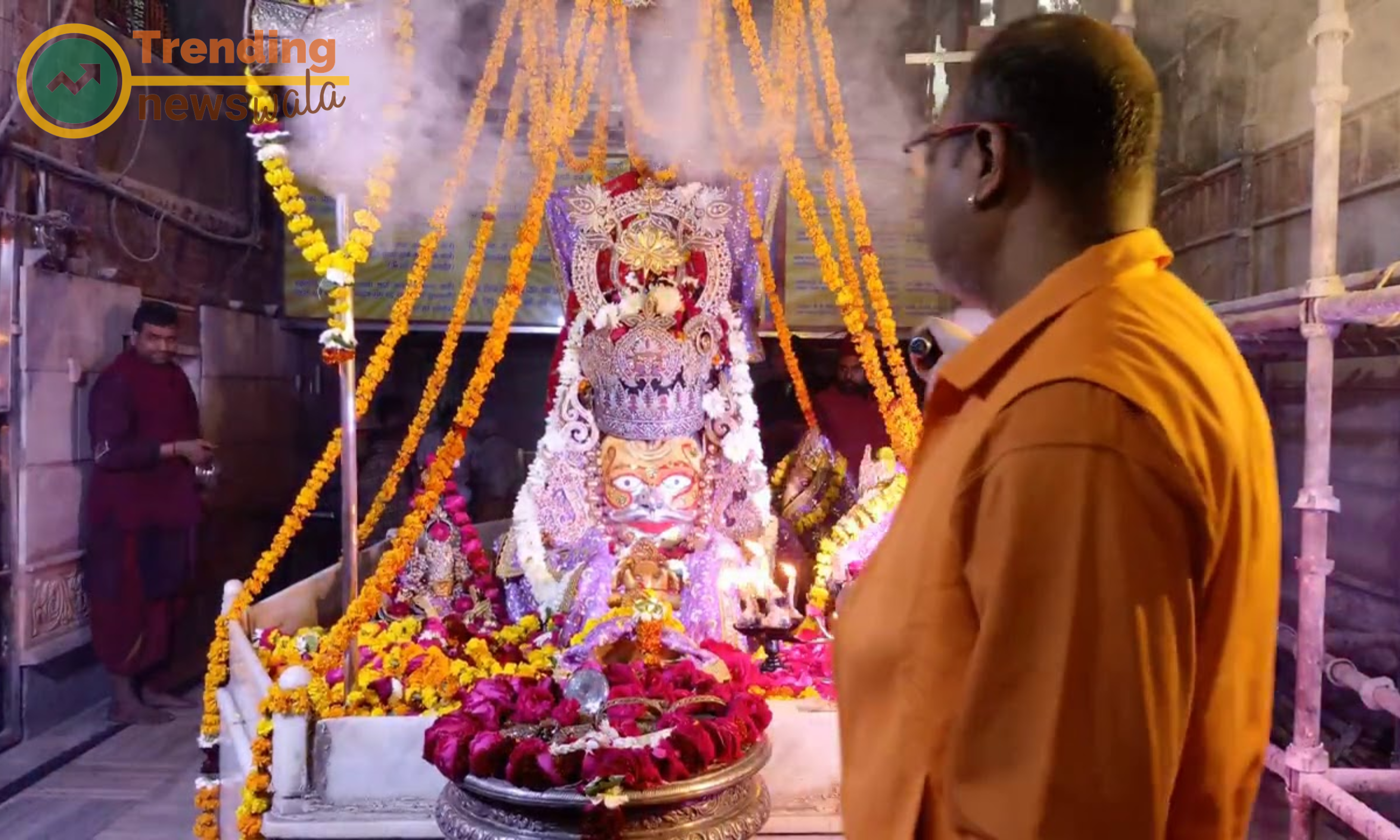
Visitors to the Mankameshwar Temple can expect a tranquil and spiritually uplifting experience. The serene surroundings and the rhythmic chants create an atmosphere conducive to introspection and prayer, offering a respite from the hustle and bustle of daily life.
In the realm of travel and tourism, the visitors' experience is the heartbeat that defines the success of destinations. Whether exploring historic landmarks, immersing in cultural festivities, or savoring the beauty of natural landscapes, the quality of visitors' experiences shapes memories that endure. This article delves into the essential elements of creating memorable visitors' experiences and the profound impact they have on tourism, local economies, and the overall satisfaction of those embarking on journeys of exploration.
Personalization and Authenticity: The essence of a memorable visitors' experience lies in personalization and authenticity. Tailoring offerings to cater to the unique interests and preferences of visitors ensures a deeper connection. Authentic encounters with local culture, cuisine, and traditions create lasting impressions, transforming a visit into a meaningful and genuine exploration.
Seamless Accessibility and Convenience: A seamless and convenient experience significantly contributes to overall satisfaction. From user-friendly websites for trip planning to efficient transportation and well-marked attractions, ensuring accessibility minimizes stress and allows visitors to focus on the enjoyment of their journey.
Immersive Cultural Engagement: Cultural engagement is a key component of memorable experiences. Destinations that provide opportunities for visitors to interact with local communities, participate in cultural events, and savor authentic flavors offer a more profound and enriching journey. These immersive experiences leave a lasting impact and foster a sense of connection.
Striking a Balance with Technology: While technology enhances the travel experience, finding the right balance is crucial. Interactive maps, augmented reality guides, and mobile applications can enhance exploration, but preserving the authenticity of the destination and encouraging in-the-moment experiences is equally important.
Hospitality and Service Excellence: The warmth of hospitality and service excellence plays a pivotal role in shaping visitors' experiences. Friendly and knowledgeable staff, comfortable accommodations, and efficient service contribute to an overall positive impression, making visitors feel welcome and valued.
Environmental Sustainability: Modern travelers increasingly value destinations that prioritize environmental sustainability. From eco-friendly accommodations to responsible tourism practices, destinations that embrace sustainability not only attract conscientious visitors but also contribute to the preservation of natural beauty for future generations.
Diverse and Unique Attractions: A diverse array of attractions ensures that a destination caters to various interests. Whether historical landmarks, natural wonders, or cultural festivals, offering a mix of experiences allows visitors to tailor their journey and discover the facets of a destination that resonate with their preferences.
Engaging Storytelling: Engaging storytelling adds layers of depth to visitors' experiences. Destinations that weave compelling narratives about their history, traditions, and local legends captivate the imagination of travelers, leaving them with a sense of connection and understanding that goes beyond surface-level exploration.
Dynamic Events and Festivals: Events and festivals contribute significantly to the vibrancy of visitors' experiences. Dynamic celebrations, cultural festivals, and themed events provide an opportunity for visitors to witness a destination's liveliness, fostering a sense of excitement and creating cherished memories.
Community Involvement and Collaboration: Involving the local community in the tourism experience creates a symbiotic relationship. Collaboration with local businesses, artisans, and residents not only enhances the authenticity of the visitors' experience but also contributes to the economic well-being of the community.
Crafting memorable visitors' experiences is an art that involves a delicate blend of personalization, authenticity, and attention to detail. Destinations that prioritize the satisfaction and well-being of their visitors not only foster positive memories but also become beacons for sustainable tourism. As the tourism industry evolves, the commitment to providing unforgettable experiences ensures that travelers embark on journeys that transcend the ordinary, leaving an indelible mark on their hearts and minds.

What is Mankameshwar Temple?
Mankameshwar Temple is a Hindu temple dedicated to Lord Shiva, located in Agra, India. It holds significance as a revered pilgrimage site for devotees seeking the blessings of Lord Shiva.
Where is Mankameshwar Temple situated?
The Mankameshwar Temple is situated in the city of Agra, in the northern state of Uttar Pradesh, India. It is located near the famous Taj Mahal and is easily accessible for visitors.
What is the historical significance of Mankameshwar Temple?
The temple has historical and cultural significance, with its roots tracing back to ancient times. Devotees believe that praying at the Mankameshwar Temple fulfills one's desires and brings blessings from Lord Shiva.
Are there any specific rituals or festivals celebrated at Mankameshwar Temple?
Yes, the temple observes various Hindu festivals, with Maha Shivaratri being a major celebration. During this festival, devotees gather to offer prayers, perform rituals, and seek the divine blessings of Lord Shiva.
Can tourists and visitors explore the Mankameshwar Temple?
Yes, the Mankameshwar Temple is open to tourists and visitors. It welcomes people from all walks of life to experience the spiritual ambience, witness the architectural beauty, and participate in the religious rituals.
What are the visiting hours of Mankameshwar Temple?
The temple generally opens early in the morning and closes in the evening. Specific visiting hours may vary, so it is advisable to check with the temple authorities or local sources for the most accurate information.
Is there an entry fee to visit Mankameshwar Temple?
Mankameshwar Temple usually does not have an entry fee. However, visitors may choose to make voluntary donations to support the maintenance and upkeep of the temple premises.
Can non-Hindus visit Mankameshwar Temple?
Yes, the Mankameshwar Temple is open to people of all faiths. Non-Hindus are welcome to visit the temple, participate in the spiritual atmosphere, and appreciate the cultural and religious significance of the site.
Are there any nearby attractions to explore along with Mankameshwar Temple?
Yes, Agra is a city rich in historical and cultural landmarks. The world-famous Taj Mahal is in close proximity to the Mankameshwar Temple, making it convenient for visitors to explore both sites during their visit.
Is photography allowed inside Mankameshwar Temple?
Photography policies may vary, and it is advisable to check with the temple authorities. Generally, photography is allowed in the outer premises, but restrictions may be in place inside the main sanctum to respect the sacredness of the space.

